Most small business owners are missing out on thousands in legal tax savings every year. These strategies aren’t complicated, they just take a little know-how and consistency. After decades of working with thousands of clients, I can tell you the difference between those who build wealth and those who don’t often comes down to one thing: using these 10 basic tax strategies.
1. Maximize FICA Savings with the S Corporation Election
The first move every small business owner should make once they’re netting around $40,000 to $50,000 is setting up an S corporation. An S corp lets you split your income between salary and profit distributions, which saves thousands in self-employment taxes every year.
For example, if you make $100,000 in profit as a regular LLC, you’ll pay over $15,000 in self-employment tax. Elect S corp status, pay yourself a reasonable salary, and take the rest as distributions. You keep more money, reduce audit risk, and protect yourself with a stronger structure.
2. Hold Regular Board Meetings
A board meeting isn’t just for big corporations. Every business owner should have one. For LLCs, it’s a board of advisors, and for corporations, a board of directors. These meetings create a paper trail that proves you treat your company like a real business.
When you hold regular board meetings, you can deduct travel, lodging, and dining tied to those meetings, adopt your accountable plan policies, and protect yourself from an audit. It also brings your family into the business and builds accountability and planning discipline.
3. Write Off All Healthcare Expenses
Health insurance and medical costs are one of the biggest expenses most business owners face. The good news is, there are multiple ways to make them deductible. Use an HSA, HRA, or FSA to write off premiums, deductibles, dental, vision, chiropractic, and more.
Once you get into the rhythm, this is one of the easiest and most impactful tax strategies available. Don’t let thousands slip through the cracks every year just because your accountant never mentioned it.
4. Pay Family Members for Helping in the Business
If you’re supporting family members financially, you might as well get a write-off for it. Pay your kids, spouse, or parents for legitimate work they do in your business.
Paying your children under 18 from your sole proprietorship or LLC can be tax-free income to them and a full write-off to you. Paying your spouse can open doors to additional retirement contributions and healthcare deductions. Stop giving your family money, employ them! Teach them how money works and keep more of it in the family.
5. Take Advantage of Dining Deductions
You’re already eating. The trick is to make some of those meals deductible. When there’s a legitimate business purpose, like meeting with a client, vendor, or partner, you can write off 50 percent of the cost.
If you’re hosting training events, team dinners, or employee meetings, those meals can often be 100 percent deductible. Keep receipts, note who you met with, and jot down the purpose. This is one of the simplest deductions most owners never track.
6. Turn Your Travel into a Write-Off
Combine business with travel and turn trips into deductions. When you travel for a conference, to inspect rental property, meet clients, or hold a board meeting, your airfare, lodging, meals, and even a portion of your trip days become business expenses.
Plan trips with clear business intent, keep a basic itinerary, and you’ll be surprised how many personal expenses can become legitimate write-offs. The key is documentation and purpose.
7. Use the Home Office Deduction
A home office is one of the easiest ways to save on taxes, yet most people miss it. Even a small dedicated space qualifies. When you have a legitimate home office, it unlocks additional deductions like auto mileage and business use reimbursements.
The home office deduction also strengthens your audit position. It shows the IRS you’re running a real business and establishes a legitimate starting point for all your business mileage and reimbursements.
8. Write Off Auto Expenses the Right Way
Your car can be one of your best tax-saving tools. Track your business mileage or use the actual expense method. Either way, you can deduct gas, maintenance, insurance, and depreciation based on your business use percentage.
Pro tip: the auto deduction only works if your business has a clear office base, like your home office. Without that, it’s easy to lose mileage deductions in an audit.
9. Deduct Equipment, Electronics, and Supplies
If you buy it for your business, it’s probably deductible. Computers, printers, lights, software, subscriptions, phones, tools, furniture, and even décor can be written off as business expenses.
With the de minimis rule, anything under $2,500 per item can be expensed immediately instead of depreciated. Keep simple records, receipts, or photos of what you buy and where it’s used.
10. Fund Your Roth IRA and 401(k) Every Year
Saving for retirement is one of the smartest tax moves you can make. If your employer offers a match, grab it. It’s a 100 percent return on your money. Beyond that, fund your Roth IRA every year. Even if you make too much, you can still do a Backdoor Roth conversion.
When you contribute through your business, a Solo 401(k) can allow you to contribute even more while taking a tax deduction. Every dollar you save today grows tax-free for the future, which is the ultimate tax strategy.
The Bottom Line
These ten basic strategies are the foundation for real tax savings. You don’t need fancy loopholes or risky schemes, just discipline and structure. Once you start using them consistently, you’ll save thousands every year and build wealth that compounds over time.
If you need help setting up your structure, reviewing your deductions, or implementing these strategies the right way, schedule a consult with KKOS Lawyers. And if you’re ready to start funding your Roth or Solo 401(k), open your account with Directed IRA and take control of your investing.








